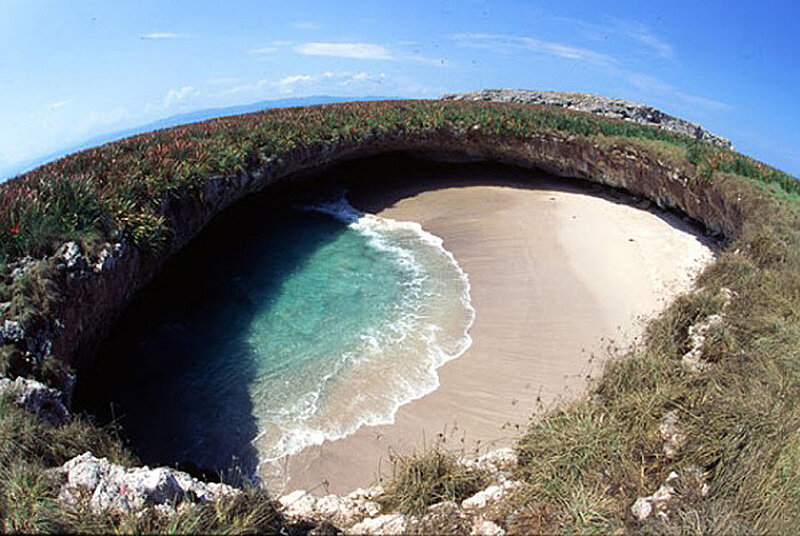Archipielago Modular maritime city
- Year2014
- LocationOcean
The project presents a modular city to be built in the sea. This city is made of a group of modular blocks or islands that will shelter human activities in the sea, either within a short distance from the coastline or in strategic commercial ship paths in the middle of the ocean.
Each module is fixed to the sea bed by means of a structure of livable space. It can be described as a tower emerging from the bottom of the sea. The height of each tower will depend on the depth of the site, with as many floors as needed to meet the distance to the surface. Above the sea level, each module rises again as much as desired.
The city can be built to meet a number of different activities: as a stop-over in long commercial routes, to provide services and living quarters to oil platforms, as villages for deep sea fish farms, as a university campus for ocean research, as touristic or resort facilities near popular coast lines or deep sea destinations or as a destination in its own right. The modular maritime city can accommodate different programme scenarios by shifting the internal configuration of its architectural elements. As an example, the following pages show a mixed used module, a sports complex, a harbor, a marina, a resort and even a module intended for farming and grazing land animals.
Each city can start with a few modules and expand with the aggregation of more modules as needed. All these modules connect with each other through an underwater network of tunnels that shelters public transport electric trains, roads for private electric vehicles, bicycle and pedestrian paths.
The sloped shape of the buildings above sea level is intended to withstand severe open sea winds. A wide courtyard style open space in the heart of the module is meant for community activities and even farming sheltered from the sea breeze by its surrounding buildings. This courtyard goes deeper than the sea level to provide natural ventilation to the undersea quarters. To provide shade to this courtyard, a projecting centrally open volume is set on its top, in much of the same way of the “roofed” beaches of the Marieta Islands in Mexico.
These modules are resource conscious and self sufficient. They are equipped with both wind and water powered electric generators, fresh water treatment, reservoir and sewer and refuse treatment plants. The use of the before described semi covered courtyard will allow the use of cross ventilation and natural lighting to the interior of its buildings.







